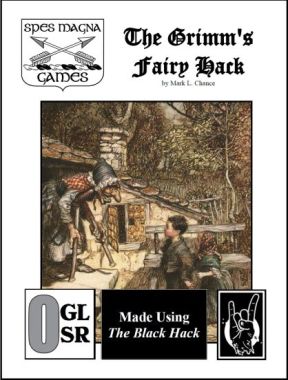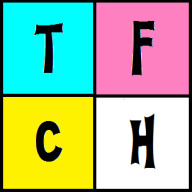Read All About It!
The Bishop’s Secret, written for White Box: Fantastic Medieval Adventure Game, was released to my few Patrons yesterday. This short adventure was written in hopes that it could dropped into your Old School game with minimal changes.
This marks my third release of Dangerous Places for OSR Systems. The first, Narvon’s Stair, is available to everyone for nothing more than the time it takes to download. Last month saw the arrival of Goshahri: The City in a Cave, a ruin in the process of being restored by miscreants under the iron fist of the Bandit King. I plan to return to Goshahri for at least one more adventure.
For March, I’m going to shift away from fantasy into horror with The Strange Case of the Bell Witch Bootleggers, a one-shot descent into madness and terror written for The Cthulhu Hack. I also still plan on fleshing out Goshahri a bit with The Harpy’s Nest, a more detailed description of a location in the aforementioned release that go short shrifted because I didn’t manage my time well enough.
You can get in on the Old School action by becoming one my patrons. It won’t ever cost you more than $1 a month.
In other news, I think I’m nearly ready to release The Four Color Hack. It’s changed quite a bit from its initial pay-what-you-want release. I’ve got one last section to write in which I’m including an assortment of villains and threats. I’ll also probably include a short, introductory scenario. Part of me would like The Four Color Hack to be available print-on-demand, but I’m not sure I can figure out how to correctly format, et cetera, the necessary files. I’m looking at Lulu, which seems to have a pretty user-friendly set up. Maybe during the downtime of Spring Break I can give it a go.
I have two other major (for me) projects that I need to finish. The first is the long-neglected Boogie Knights of the Round Table in which the heroes fight the Man with the powers of song and dance. No, really. I’ve run one playtest of the system to rave reviews. I’ve also dusted off an idea I had for a fantasy game involving real-world children transported to a world of twisted fairy tales very much inspired by Grimm and Little Fears. Unfortunately, my original work on it quickly displeased me, and I abandoned the project, but it’s back now with a simpler system built on The Black Hack.
So, in short, I’ve got some big (for me) plans for 2017, and I seem to be off to a good start. Huzzah.


